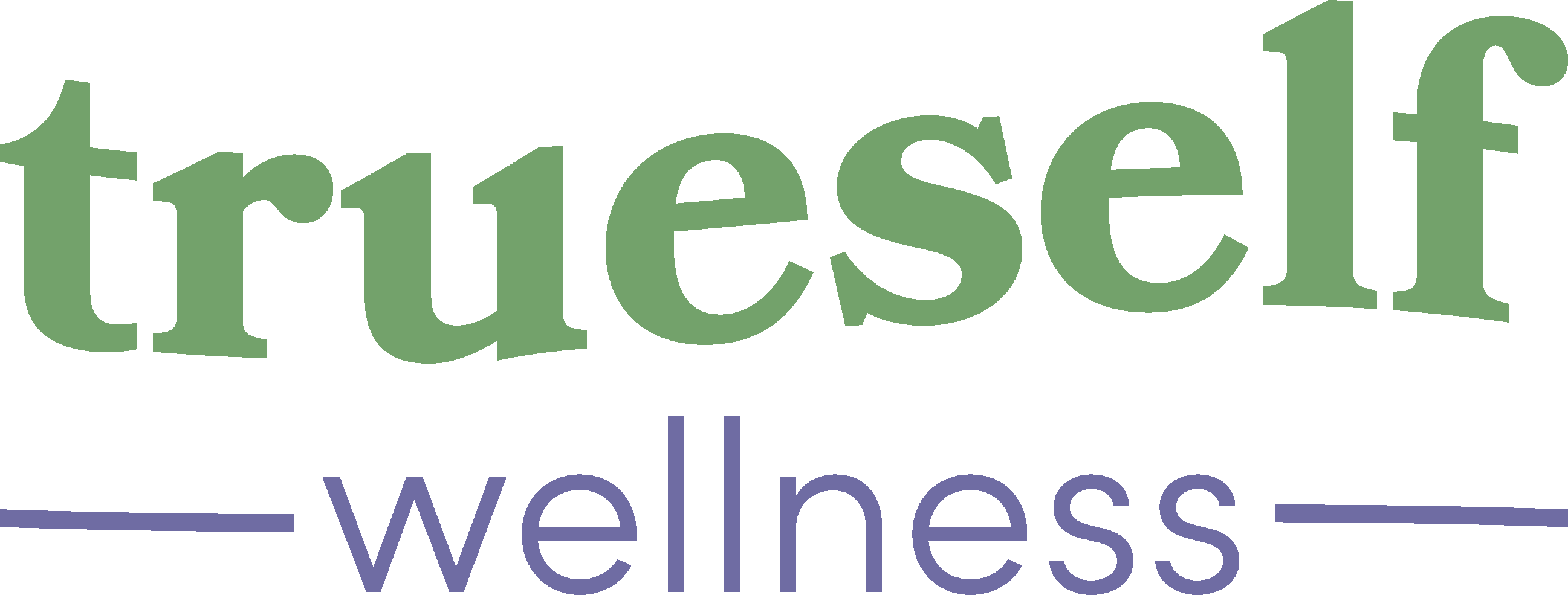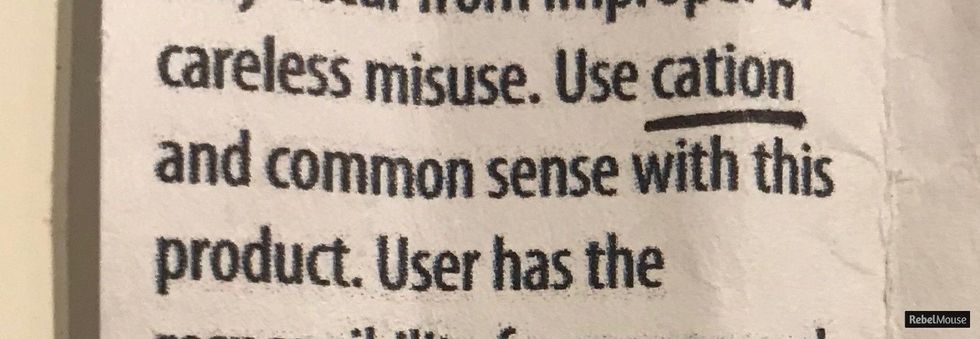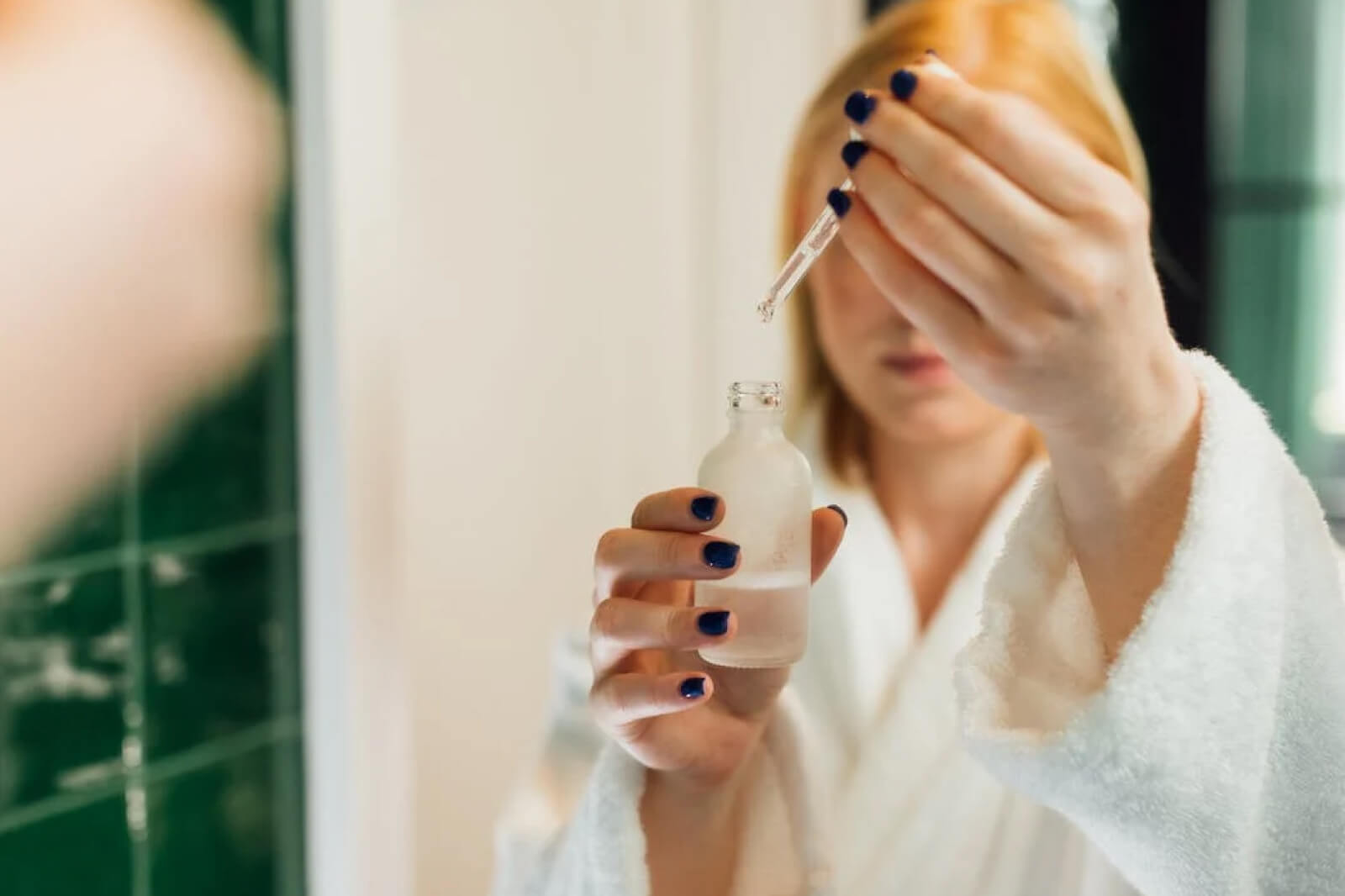Recently, my roommate told me a story about a time his ears got so clogged that it began to seriously impair his hearing. Upon cleaning them out, he found a surplus of cerumen, that wonderful waxy discharge… along with the intact corpse of some kind of insect.
Now, I try to keep my ears relatively clean, but it’s hard to monitor what’s going on in there. I found myself plagued by visions of mosquitoes in amber trapped in my ear canals, probably stemming from seeing Jurassic Park when I was too young.

This same roommate, now a seasoned expert, suggested hydrogen peroxide or a gentle water flushing system. And sure, those are probably the best options, but they lack the medieval flair I seek. I want to light a thing on fire and stick that thing in my ear. So I got me a few ear candles, the thrill-seeker’s answer to otorhinolaryngology. Don’t worry, I can’t say that word either.
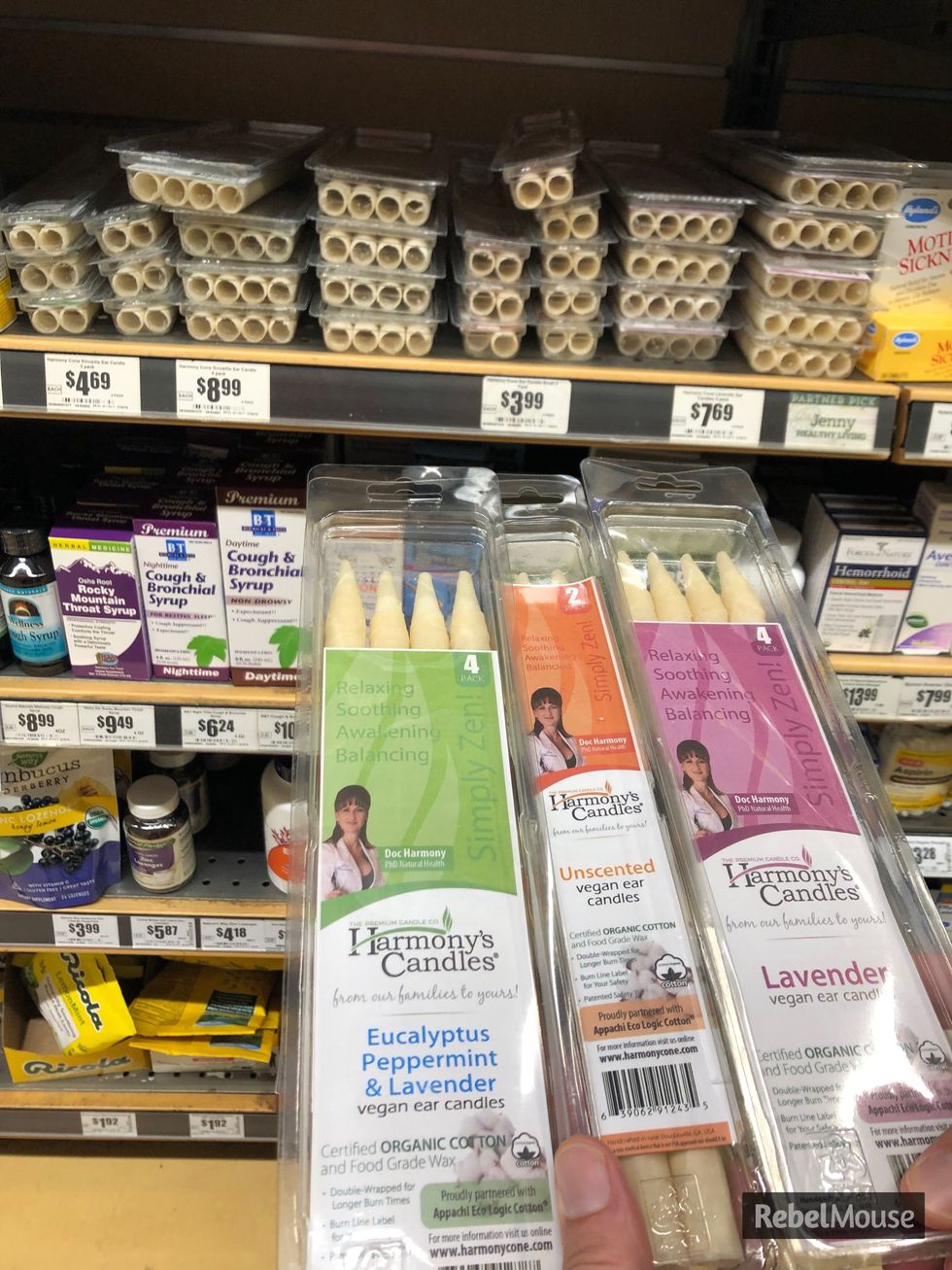
I decided to go for the original flavor, seeing as I’m a novice and didn’t want to get too crazy on this first go round!
The process is essentially this: Lay your head down on its side, stick the candle’s pointy end in your ear, and light the other end. The fire is supposed to soften the grit in your ear, and some claim that the candle can suck it right out. However, the instructions are rather nebulous on the benefits, listing “personal relaxation and wellbeing purposes only.” They use words like “awakening” and “balancing.”
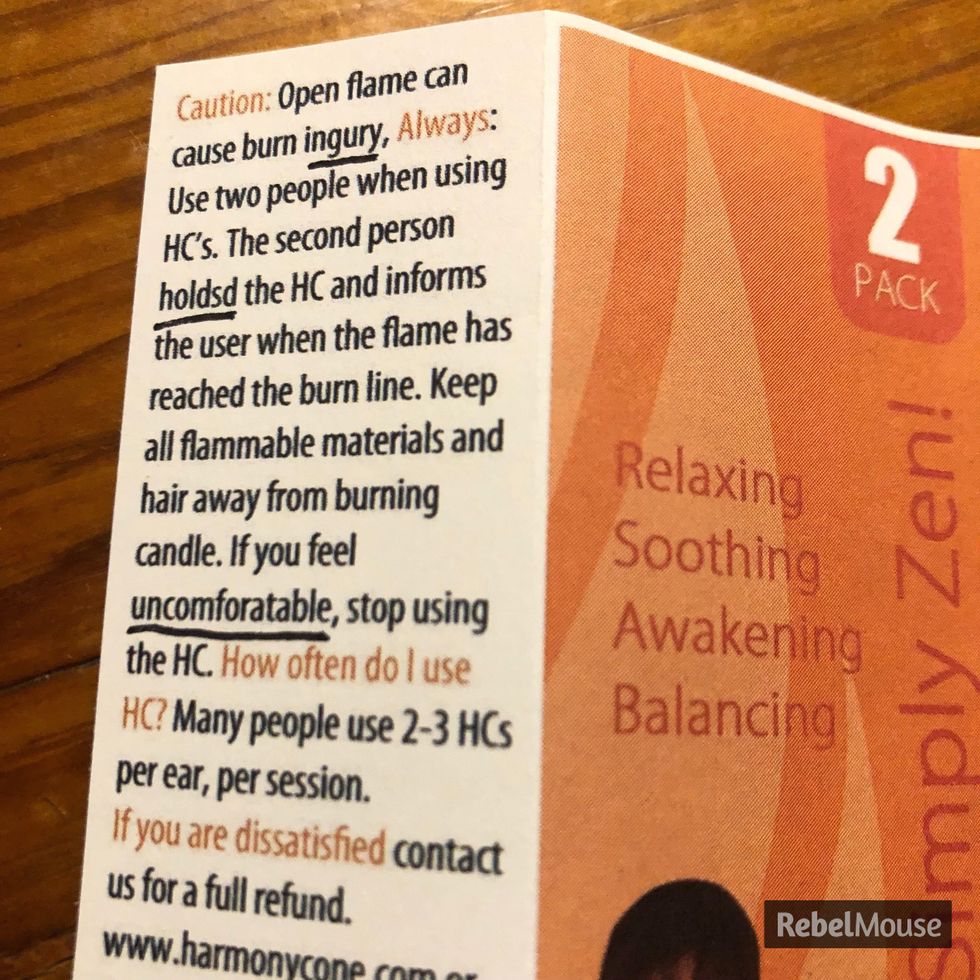
I also couldn’t help but notice a troubling lack of grammatical care. I try not to be too harsh nor a linguistic prescriptivist, so I chalked it up to an excess of free spirit and began my journey.

It started off pretty tame, but as the candle burned down, I definitely felt a little bit of heat, as well as a not-unpleasant pressure. The best part was the odd fizzing sound of the flame rattling around inside my head. I can see how someone would find the process relaxing, in the same way people get into ASMR videos.

I admit I was getting a little bored towards the end. So much for “awakening.”
But finally it was over! I doused the candle in a glass of water and set about inspecting the results.
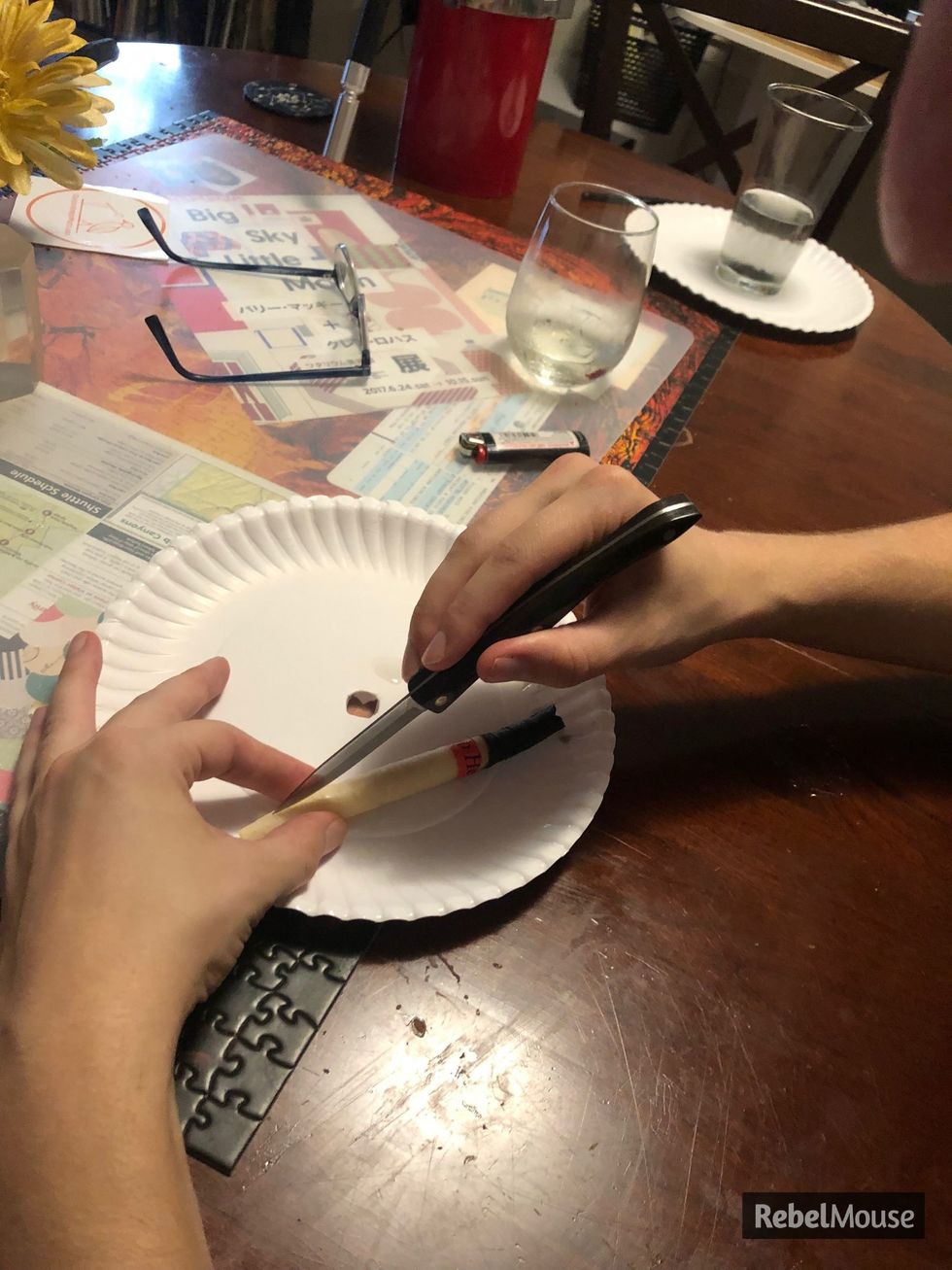
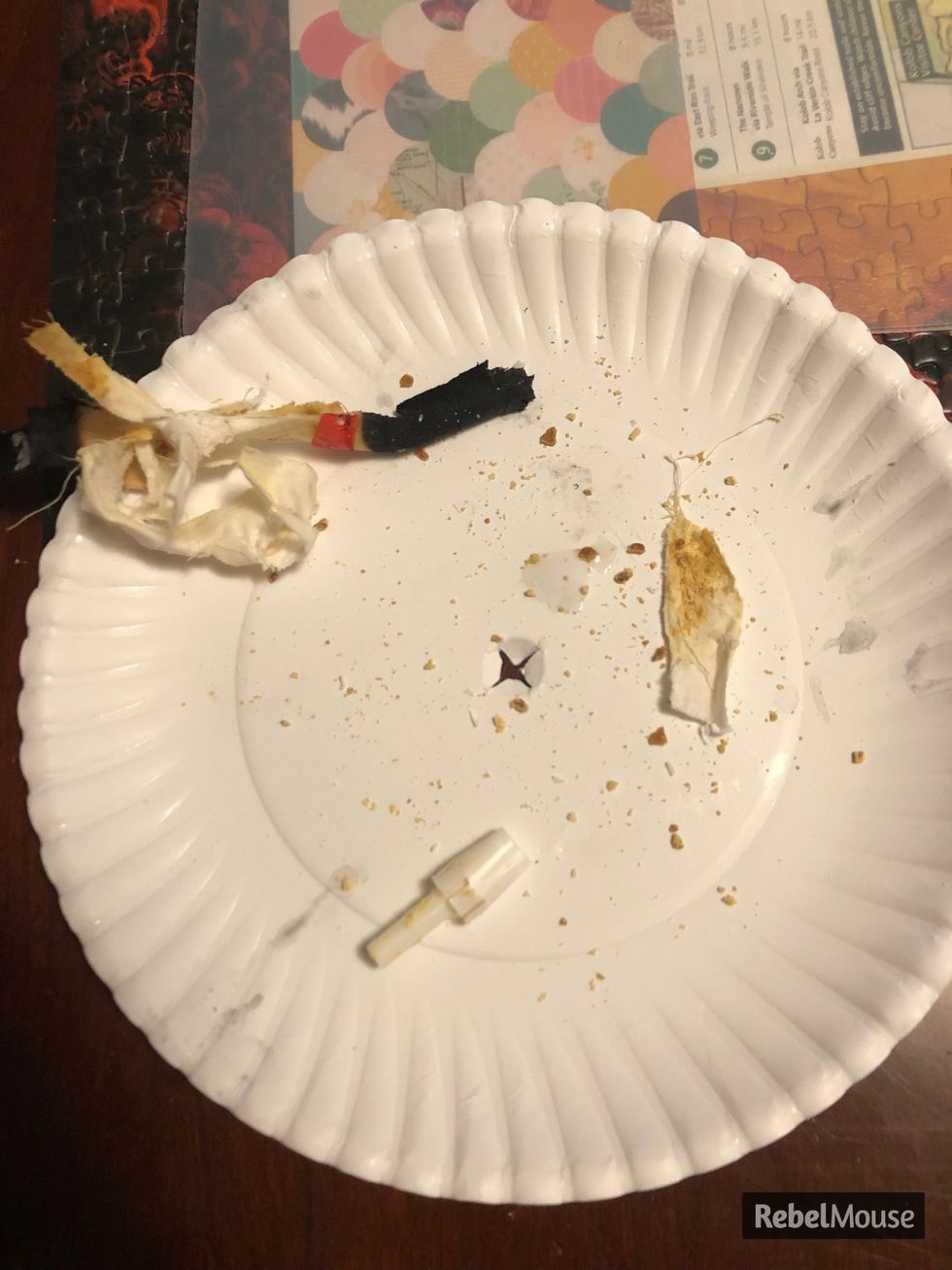
Yuck. Wads of yellow smokey wax: an alarming sight indeed.
By then I was getting a little hungry, as was my significant other, who had miraculously decided to stay by my side throughout this ordeal. We decided that instead of doing the other ear, we would set up a little control for our experiment.
So, appetite thoroughly piqued, we sat down to a romantic, candle-lit dinner of ceviche, obviously the most appropriate cuisine for the evening’s festivities.

If nothing else, it provided a little bit of ambiance. Then, dinner was over and the moment of truth was upon us. Let’s see if you can tell which was which:

Turns out all that wax was just from the candle itself and not my ear, which I guess is kind of a relief. But that wasn’t all we discovered:
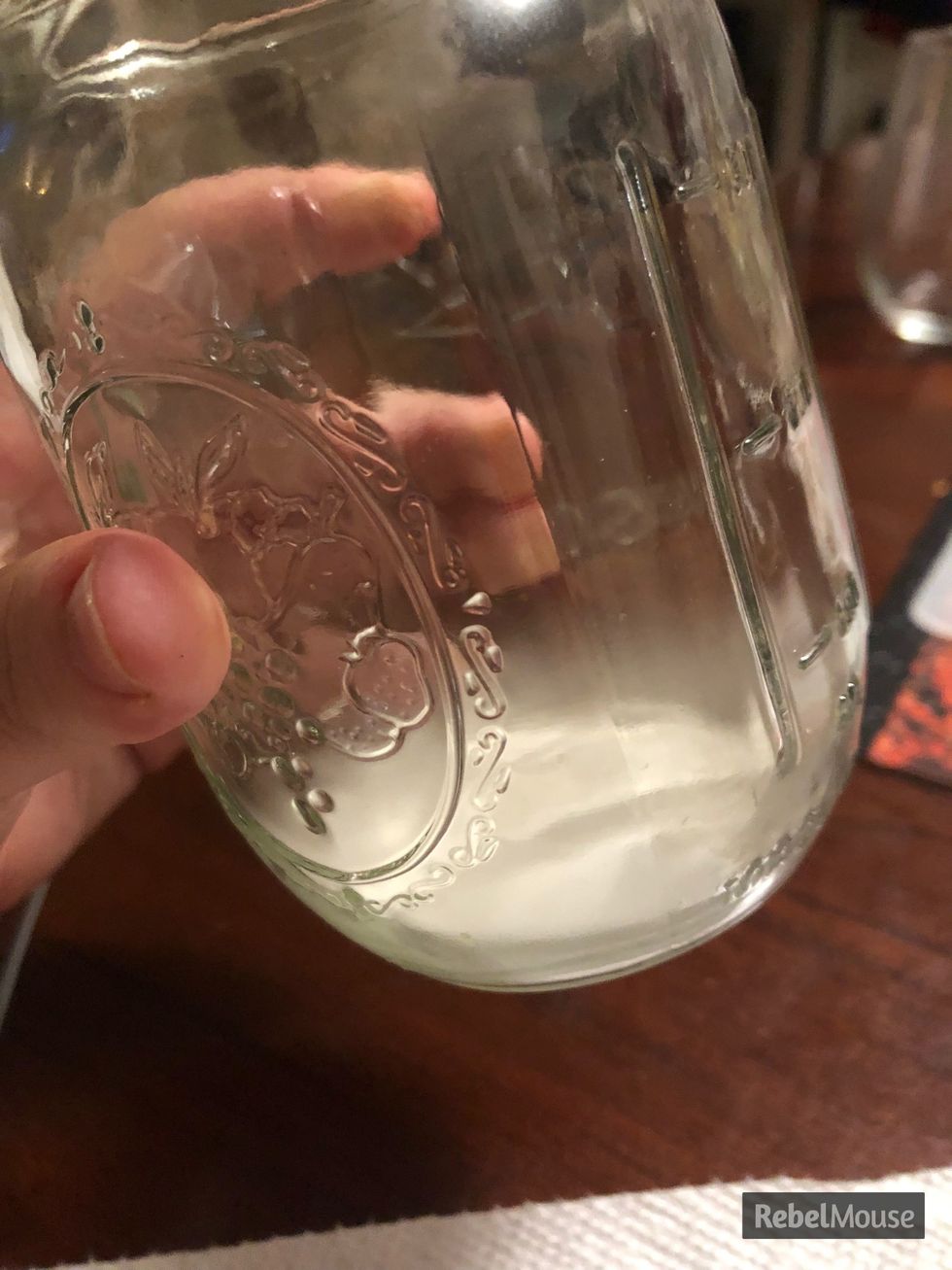
Woah, that’s a lot of residue that may or may not have ended up in my ear.
I went into this expecting a kooky, inane little evening. Dumb but harmless. But then I did some cursory reading around the internet. Turns out: Ear wax is usually a good thing. WebMD has some harsh words, but I was expecting that. The FDA’s page on ear candles is almost comically snarky.
What actually annoyed me was the tiny note down at the bottom of the ear candles’ packaging: “This is a non-medical device that is not FDA approved nor should it be.” (Emphasis mine)
This article about homeopathic remedies illustrates my concern —that the lack of FDA approval is part of the appeal. I get that the FDA may be a ponderous government agency, and if you don’t trust the FDA’s relationship with “big pharma,” fine. But the implicit claim here is that anything that the FDA approves is automatically suspect. Citing vague benefits like “balance” and making bizarre claims like curing cancer and promoting “purity” is meaningless. Vilifying the process by which we are able to measure results is tantamount to insanity, no matter how flawed the organization might be.
I guess my point is this:
